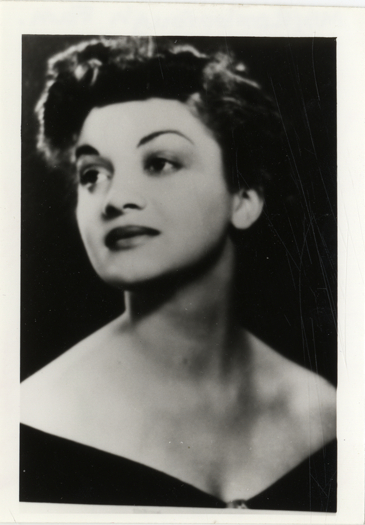After the ‘White Lie’ Implodes, a Rich Narrative Unfurls
The New York Times
2014-08-01
Felicia R. Lee
‘Little White Lie,’ Lacey Schwartz’s Film About Self-Discovery
Lacey Schwartz, a 37-year-old Harvard Law School graduate turned filmmaker, moves with ease in circles in which her identity as both black and Jewish seems unremarkable. What makes her biography striking is that Ms. Schwartz, a woman with light brown skin and a cascade of dark curls, grew up believing she was white.
How and why that happened is the subject of her film, “Little White Lie,” which has its premiere on Sunday at the San Francisco Jewish Film Festival, its first stop on the festival circuit before being broadcast on PBS next year. With Ms. Schwartz narrating, the camera travels to a funeral, girlfriend gab sessions and even her therapy appointments. At each stop, in raw conversations with family and friends, Ms. Schwartz asks over and over, how and why did she pass as white?
“I come from a long line of New York Jews,” she says early in the film, as photographs of her white relatives flash across the screen. “My family knew who they were, and they defined who I was.”
Ms. Schwartz was an only child who grew up in the mostly white town of Woodstock, N.Y. Her parents, Peggy and Robert Schwartz, told her that she favored her father’s swarthy Sicilian grandfather. It was not until she went off to college that she learned the truth.
Before starting college, “I was already questioning my whiteness because of what other people said and because I was aware that I looked different from my family,” she said in a recent interview. Then, based on the photograph accompanying her application, Georgetown University passed her name along to the black student association, which contacted her.
The university “gave me permission” to explore a black identity, Ms. Schwartz said…
…Bliss Broyard explored similar territory in a memoir about her father, the book critic Anatole Broyard, a black man who passed as white. She has said she was raised white but learned the truth about her father on his deathbed. But Ms. Broyard, unlike Ms. Schwartz, grew up with her biological father.
Jenifer L. Bratter, director of the Program for the Study of Ethnicity, Race and Culture at Rice University, said the film’s twisting tale was part of “a larger story about race in America.”
“Biological race trumps cultural race,” she added. “Race is something we’re really invested in validating or comprehending. It’s about how we understand race as a marker of difference, something that a story about ancestry can’t resolve.”..
Read the entire review here.

